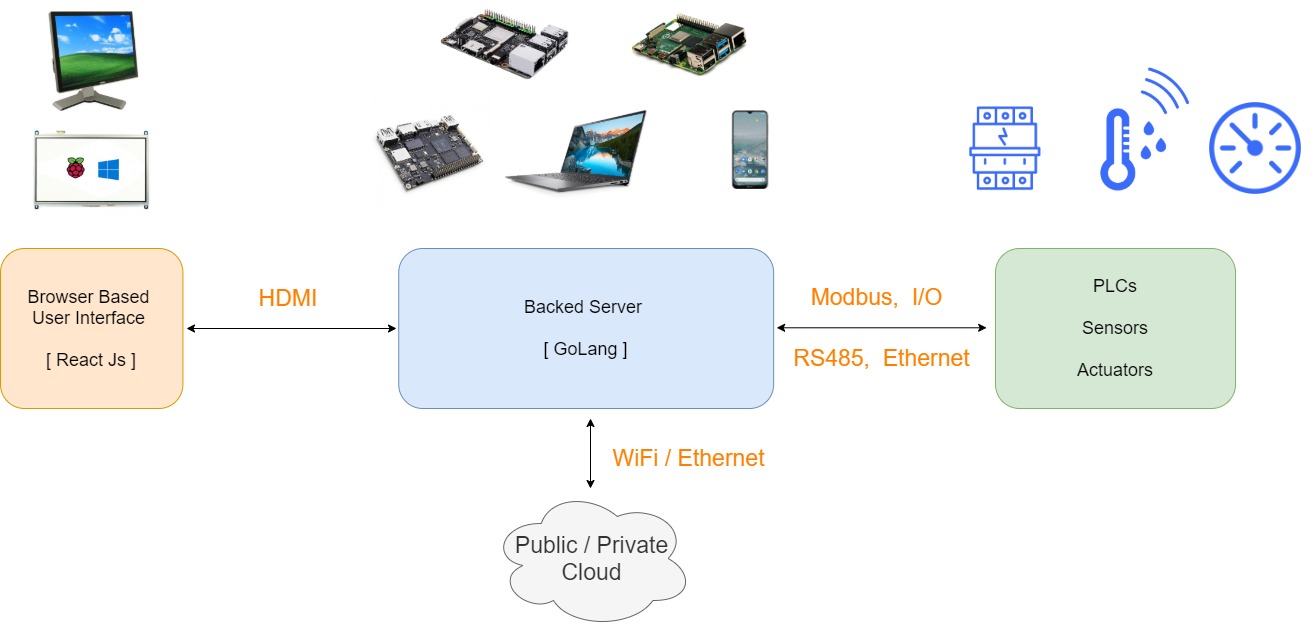
Part – 3: Strategies for SMEs to Overcome Challenges in Adopting Industry 4.0 Technology for Products
In Part-1 of this three part series, we saw that Industry 4.0 offers several key benefits, including increased productivity, improved efficiency, enhanced automation, optimized supply chains, better decision-making through data analytics, cost savings through predictive maintenance, customization and personalization of products, and improved safety and sustainability in manufacturing processes. In Part-2, we discussed the challenges associated with adoption of this technology for small OEMs (Original Equipment Manufacturers).
In this final part, let’s discuss the strategies which can be implemented by small manufacturers to overcome the challenges:
1) Develop a Clear Digitalization Strategy: Create a comprehensive roadmap outlining the goals, objectives, and desired outcomes of the digitalization process. Align the strategy with the overall business objectives and prioritize initiatives based on their potential impact.
2) Seek Expert Guidance: Engage with industry experts, consultants, or technology partners who specialize in digital transformation. Their expertise and experience can provide valuable insights, guidance, and support in implementing the right technologies and overcoming technical challenges.
3) Build a Digital Culture: Foster a culture of innovation and continuous learning within the organization. Encourage employees to embrace digital technologies and provide training programs to enhance their digital literacy. Effective change management is crucial to ensure smooth adoption and acceptance of new digital processes.
4) Start with Small Steps: Begin the digitalization journey with manageable pilot projects or smaller initiatives. This approach allows for testing and fine-tuning of technologies, identifying potential challenges, and showcasing tangible benefits to gain support and momentum for broader implementation.
5) Collaborate and Network: Engage with industry associations, trade groups, or local business networks to collaborate and share knowledge with peers facing similar challenges. Collaborative initiatives can provide access to shared resources, best practices, and collective problem-solving.
6) Secure Funding: Explore funding opportunities available through government grants, subsidies, or industry-specific programs to support digital transformation initiatives. These financial resources can help alleviate the financial burden associated with investing in technology and infrastructure upgrades.
7) Address Data Security and Privacy: Implement robust cybersecurity measures to protect sensitive data and ensure compliance with privacy regulations. Prioritize data security and educate employees about best practices to mitigate potential risks.
8) Foster Partnerships: Form strategic partnerships with technology providers, suppliers, or customers to leverage their expertise and resources. Collaborative partnerships can help overcome resource limitations and facilitate access to necessary technologies or markets.
9) Monitor Industry Trends: Stay informed about emerging technologies, industry trends, and best practices in digital transformation. Regularly assess and adjust the digitalization strategy to remain agile and competitive in a rapidly evolving landscape.
10) Measure and Evaluate Progress: Define key performance indicators (KPIs) to track the progress and success of digital transformation initiatives. Regularly evaluate the impact of digitalization efforts, identify areas for improvement, and make necessary adjustments to the strategy.
By adopting a systematic and proactive approach, small manufacturers can overcome challenges and successfully navigate their digital transformation journey, unlocking the benefits of increased efficiency, competitiveness, and growth in the digital era.





